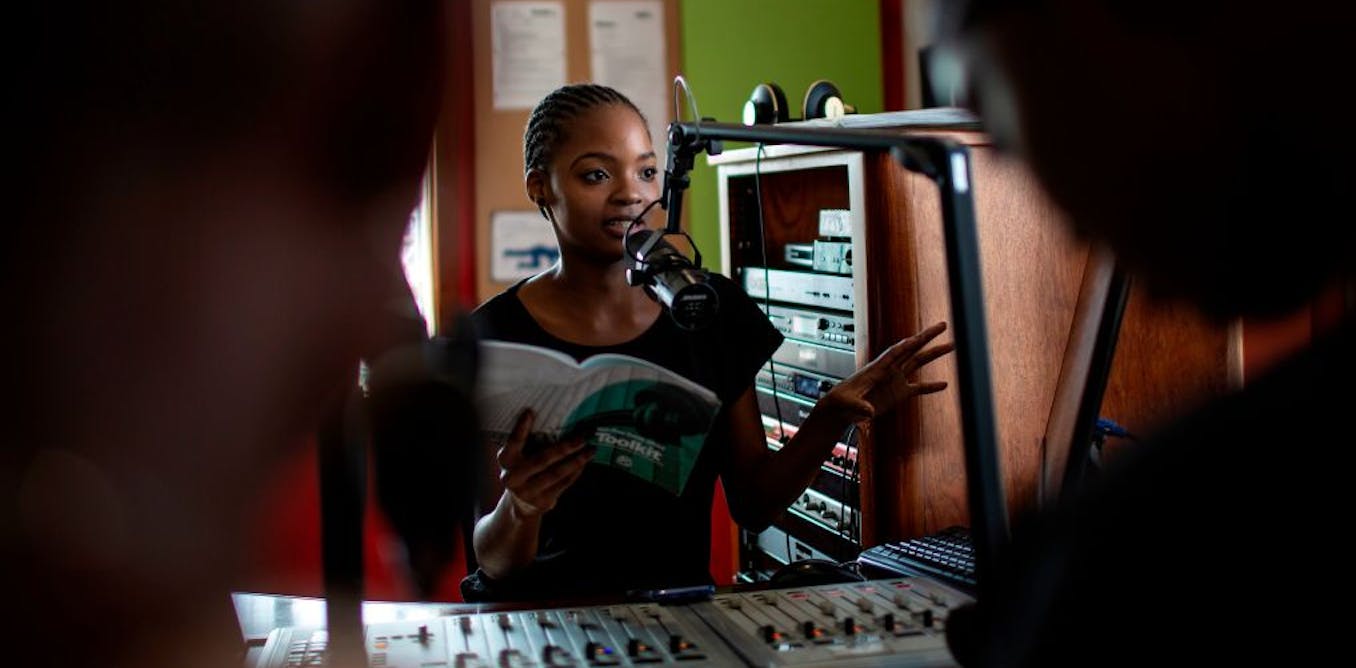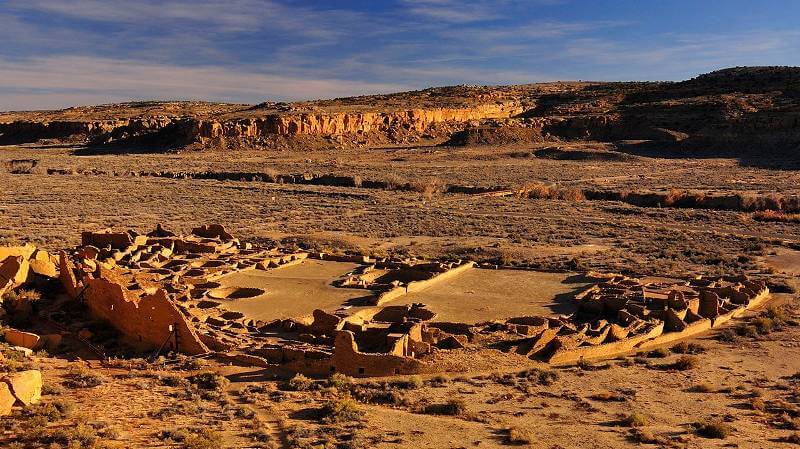World hunger is growing at an alarming rate, with prolonged conflicts, climate change, and COVID-19 exacerbating the problem. In 2022, the World Food Programme helped a record 158 million people. On this trajectory, the United Nations’ goal to eradicate hunger by 2030 appears increasingly unattainable. New research at McGill University shines the spotlight on a...
World
100 Years of Radio in Africa: From Propaganda to People’s Power
Radio is thriving across Africa. Exact figures are difficult to come by because audience research differs across countries. But studies estimate radio listenership to be between 60% and 80% of the continent’s 1.4 billion population. In contrast to many western countries, where there has been a shift towards streaming and podcasts, traditional radio continues to...
Brazil Can Lead the World in the Production of Green Hydrogen from the Sun and Wind
In the context of the international search for energy transition alternatives, one of the most promising topics today is green hydrogen. And Brazil is one of the countries best placed to lead the production of this abundant, cheap and potentially efficient energy alternative. But after all, what is green hydrogen, and why does Brazil have...
Cannibalism: Humanity’s Complex Relationship with Human Flesh Throughout History
The recently released film The Snow Society , by Spanish director JA Bayona, about the legendary plane crash of a Uruguayan rugby team in the Andes in 1972 has been a smash hit in cinemas and streaming platforms around the world. And a very striking aspect of this story is the issue of cannibalism practiced by the survivors in...
Back in the USSR: New High School Textbooks in Russia Whitewash Stalin’s Terror as Putin Wages War on Historical Memory
Hey, kids, meet Josef Stalin. New Russian high school textbooks – introduced in August 2023 on the instruction of President Vladimir Putin – attempt to whitewash Stalinist crimes and rehabilitate the Soviet Union’s legacy. While schools and teachers previously could pick educational materials from a variety of choices, these newly created textbooks are mandatory reading...
Where Do Israel and Hamas Get Their Weapons?
The fighting continues between the Israel Defense Forces and Hamas militants in and around Gaza. The death tolls continue to rise, but where do the weapons keep coming from? The Israeli government estimates that Hamas’ surprise attack on Oct. 7, 2023, killed 1,200 people in Israel. Since then, both sides have fired missiles and rockets,...
Ethiopia’s Quest for Access to the Sea: Success Rests on Good Relations with Its Neighbours
On 1 January, Ethiopia and Somaliland signed a memorandum of understanding granting Addis Ababa direct access to the Gulf of Aden. This strategic agreement paves the way for Ethiopia to establish commercial and military bases along the coast. Under the agreement, Somaliland will lease 20km of coastal land to Ethiopia for 50 years. Ethiopia commits...
Cult Mentality: Professor Makes Monumental Discovery in Italy
Douglas Boin, Ph.D., a professor of history at Saint Louis University, made a major announcement at the annual meeting of the Archeological Institute of America, revealing he and his team discovered an ancient Roman temple that adds significant insights into the social change from pagan gods to Christianity within the Roman Empire. “We found three...
The Uncomfortable Geopolitics of the Clean Energy Transition
Every time UN Secretary General Antonio Guterres speaks about the climate crisis, he ups the ante with his admonishments—and rightly so. In September, when he said “humanity had opened the gates of hell,” it was at the end of a summer of unprecedented flooding, including in Libya, China, and the United States, and record-breaking fires in Canada and...
Aging Societies More Vulnerable to Collapse
Societies and political structures, like the humans they serve, appear to become more fragile as they age, according to an analysis of hundreds of pre-modern societies. A new study, which holds implications for the modern world, provides the first quantitative support for the theory that the resilience of political states decreases over time. Triggers of...









